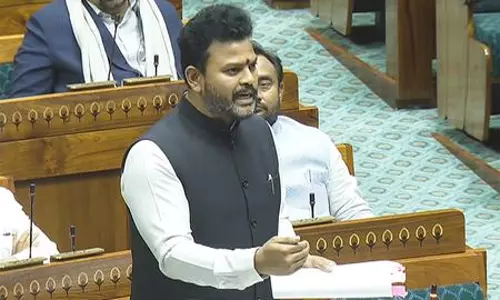
Virus eating organism called Virovore discovered by scientists
text_fieldsThe first known "virovore," or organism that consumes viruses, has been discovered by researchers. Organic matter is the food source for every known type of living on the planet. This is probably far closer to an entire, uncharted food chain.
The discovery was made by microbiologist John DeLong and his team at the University of Nebraska-Lincoln in the United States.
According to the science publication Newatlas, University of Nebraska–Lincoln researcher John DeLong wanted to learn whether any bacteria actively consumed viruses and whether such a diet could support both individual and communal population growth, NDTV reported.
In a study released on Tuesday (December 27), researchers discovered that a type of Halteria, tiny ciliates common in freshwater habitats all over the world, may consume a significant quantity of infectious chloroviruses. For the first time, the team's laboratory tests have also demonstrated that a virus-only diet, or "virovory," is sufficient to support an organism's physiological growth and even population increase.
"They're made up of really good stuff: nucleic acids, a lot of nitrogen, and phosphorous," said John DeLong.
"Everything should want to eat them. So many things will eat anything they can get a hold of. Surely something would have learned how to eat these really good raw materials."
"If you multiply a crude estimate of how many viruses there are, how many ciliates there are and how much water there is, it comes out to this massive amount of energy movement (up the food chain)," said DeLong, who estimated that ciliates in a small pond might eat 10 trillion viruses a day. "If this is happening at the scale that we think it could be, it should completely change our view on global carbon cycling."

















